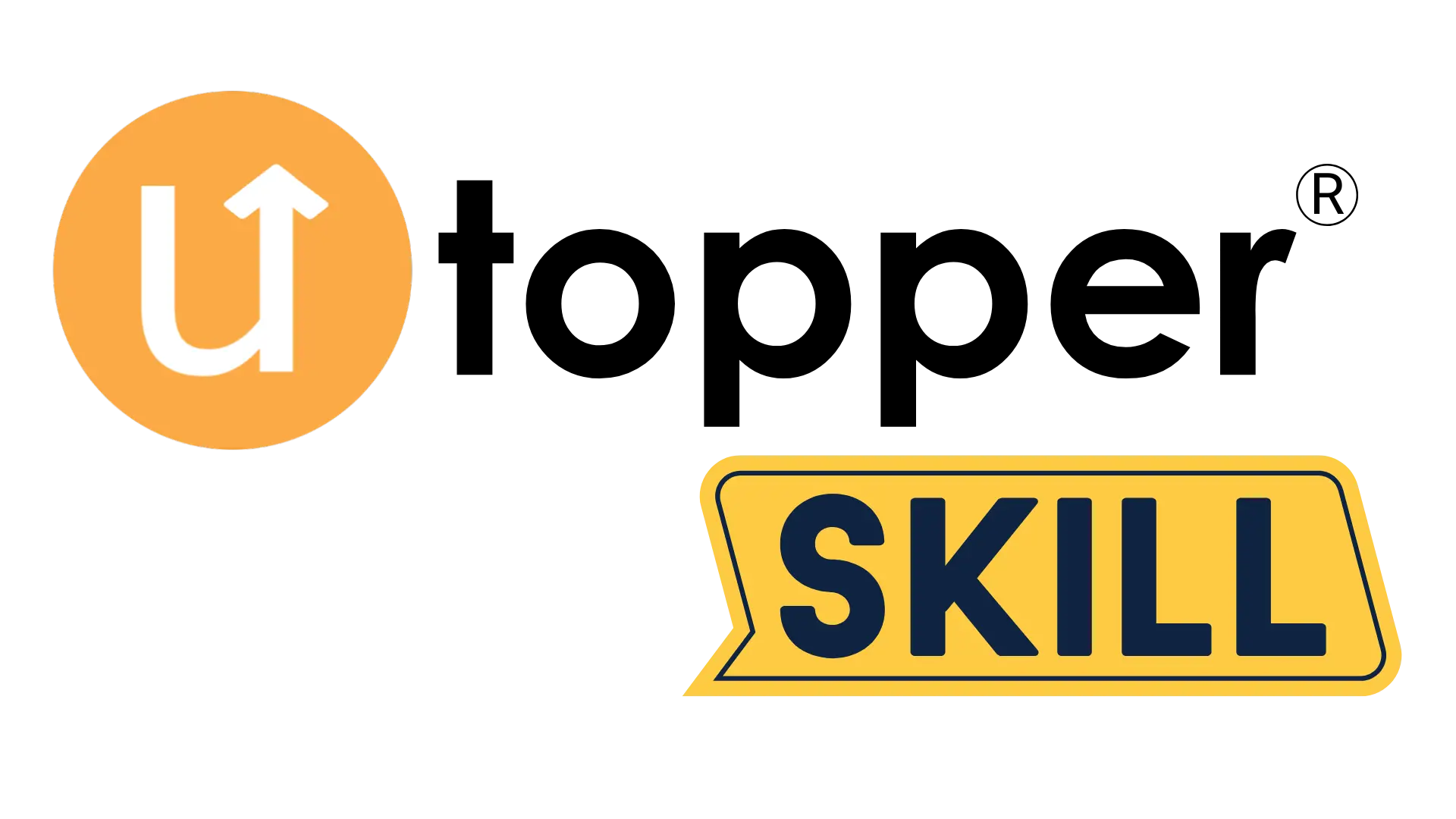Top HTML Interview Questions and Answers
Preparing for Frontend Developer Interview and looking for top HTML Interview Questions than you are at right place. Explore our experts handpicked top 40 HTML interview questions with detailed answers, tailored for both students and professionals. This resource is designed to equip you with essential knowledge and insights to excel in HTML interviews. From fundamental concepts to advanced topics, each question is accompanied by a clear explanation, ensuring you’re well-prepared to demonstrate your expertise. Let’s dive into this valuable guide to enhance your understanding of HTML and ace your next interview.
Basic HTML Interview Questions
Q.1 What is HTML?
HTML (HyperText Markup Language) is the standard markup language used to create and structure sections, paragraphs, and links between pages on the internet. It defines the structure and layout of a webpage by using a variety of tags and attributes.
Q.2 What are tags in HTML?
Tags in HTML are the basic building blocks used to create HTML documents. They are enclosed in angle brackets, for example, <tagname>, and most tags have a corresponding closing tag like </tagname>. Tags can include elements such as headings, paragraphs, links, images, and more.
Q.3 How do you create a hyperlink in HTML?
To create a hyperlink in HTML, use the <a> tag with the href attribute specifying the URL. Here’s an example:
<a href="<https://www.example.com>">Visit Example</a>This code creates a link that, when clicked, will take the user to “https://www.example.com“.
Q.4 Can you explain the structure of an HTML document?
The structure of an HTML document includes the following main parts:
<!DOCTYPE>declaration: Defines the document type and version of HTML.<html>tag: Encloses the entire HTML document.<head>section: Contains metadata, title, and links to scripts and stylesheets.<body>section: Contains the content of the web page such as text, images, and other elements.
Q.5 What is the difference between <div> and <span> tags?
<div> is a block-level element used to structure larger chunks of code or to group other block-level elements. <span> is an inline element used to group a small segment of HTML, often within a block-level element, without introducing any new lines. Essentially, <div> is used for layout, while <span> is used for text styling.
Q.6 How do you insert an image in an HTML page?
To insert an image into an HTML page, use the <img> tag with the src attribute specifying the path to the image file, and the alt attribute providing alternative text:
<img src="image.jpg" alt="Description of image">Q.7 What is the purpose of the <head> section in an HTML document?
The <head> section of an HTML document is intended for metadata, including the title of the document, links to CSS stylesheets, meta tags, and scripts that do not require immediate loading. It does not contain any content visible directly on the web page.
Q.8 How do you use comments in HTML?
Comments in HTML are written inside <!-- and --> markers. Comments are not displayed in the browser but can help document the HTML source code:
<!-- This is a comment -->Q.9 What do <!DOCTYPE> and <html> tags do?
The <!DOCTYPE> declaration is used to specify the HTML version being used, like HTML5, and helps browsers render the page correctly. The <html> tag is used to enclose the entire HTML document, indicating that everything within it is HTML code.
Q.10 How do you create a table in HTML?
To create a table in HTML, use the <table> tag along with <tr> (table row), <th> (table header), and <td> (table data) tags:
<table>
<tr>
<th>Header 1</th>
<th>Header 2</th>
</tr>
<tr>
<td>Data 1</td>
<td>Data 2</td>
</tr>
</table>
Q.11 What are forms and how do you create them in HTML?
Forms in HTML are used to collect user input and can be created using the <form> tag, which includes form elements like text fields, checkboxes, radio buttons, and buttons:
<form action="/submit-path">
<label for="name">Name:</label>
<input type="text" id="name" name="name">
<input type="submit" value="Submit">
</form>
Q.12 What is the difference between the class and id attributes?
The class attribute is used to specify a class for an HTML element, which can be used by CSS and JavaScript to apply styles or functionality to multiple elements. The id attribute is used to specify a unique id for an HTML element and is used to target a single, unique element.
Q.13 How do you include JavaScript in an HTML document?
JavaScript can be included in an HTML document either inline within <script> tags or by linking to an external JavaScript file using the src attribute:
<script src="script.js"></script>Q.14 What are some of the new features in HTML5?
Some of the new features in HTML5 include semantic elements like <article>, <section>, <header>, <footer>, and <nav>, enhanced support for embedding graphics, audio, and video elements (<canvas>, <audio>, <video>), as well as new form controls, such as calendar, date, time, email, url, search.
Q.15 What is semantic HTML?
Semantic HTML involves using HTML tags that give meaning to the web page content. These tags make it clear to both the browser and the developer what type of content they contain, which improves accessibility and search engine optimization. Examples include <article>, <aside>, <details>, <figcaption>, <figure>, <footer>, <header>, <main>, <mark>, <nav>, <section>, <summary>, and <time>.
Intermediate HTML Interview Questions
Q.16 How do you apply CSS styles to an HTML document?
CSS styles can be applied to an HTML document in three ways:
1. Inline: Directly within an element’s HTML tag using the style attribute.
<p style="color: blue;">This is a blue paragraph.</p>2. Internal: Within a <style> tag in the <head> section of the HTML document.
<style>
p { color: red; }
</style>3. External: Linking to an external CSS file using the <link> tag in the <head> section.
<link rel="stylesheet" href="styles.css">Q.17 Explain the concept of HTML5 semantic tags.
Semantic tags in HTML5 provide meaning to the web page rather than just presentation. Tags like <article>, <aside>, <details>, <figcaption>, <figure>, <footer>, <header>, <main>, <mark>, <nav>, <section>, <summary>, and <time> clearly define the part of the webpage they are marking up, improving accessibility for users and search engines.
Q.18 What are data attributes in HTML?
Data attributes are special attributes in HTML that allow you to store extra information on standard, semantic HTML elements without other hacks such as non-standard attributes, extra properties on DOM, or Node.setUserData(). They are prefixed with data-, followed by a custom name. Example:
<div id="item" data-id="123" data-category="gear">Camping Gear</div>Q.19 How do you implement audio and video in HTML5?
Audio and video in HTML5 are implemented using the <audio> and <video> tags, which support embedding media files directly into an HTML document without needing external plugins. For example:
<audio controls>
<source src="audio.mp3" type="audio/mpeg">
Your browser does not support the audio element.
</audio>
<video controls>
<source src="movie.mp4" type="video/mp4">
Your browser does not support the video tag.
</video>
Q.20 What is the purpose of the <canvas> tag in HTML5?
The <canvas> tag is used to draw graphics on a web page via scripting (usually JavaScript). It can be used for rendering graphs, game graphics, or other visual images on the fly.
Q.21 How do you handle browser compatibility issues in HTML?
Handling browser compatibility issues involves:
- Using CSS resets to maintain consistent styling across browsers.
- Utilizing polyfills to provide modern functionality to older browsers.
- Writing clean, valid HTML and CSS.
- Testing websites in multiple browsers and using conditional comments if necessary.
Q.22 Explain the difference between inline, external, and internal CSS.
| Type | Inline CSS | External CSS | Internal CSS |
|---|---|---|---|
| Definition | CSS defined directly within an HTML element’s style attribute. | CSS that is written in a separate file and linked to an HTML document. | CSS that is embedded within <style> tags in the HTML document’s <head> section. |
| Usage | Used to apply unique styles to a single HTML element. | Used to define styles that can be applied across multiple HTML pages. | Used to define styles that are specific to one HTML document. |
| Syntax | <div style=”color: blue; font-size: 14px;”>Content</div> | Linked via: <link rel=”stylesheet” href=”styles.css”> | <style>body { color: red; }</style> |
| Pros | Quick to apply, no additional files needed. Ideal for small style changes. | Keeps HTML and CSS separate, enhancing maintainability. Allows caching of CSS file for faster loading across multiple pages. | All styles contained in a single HTML file, no need for multiple HTTP requests. |
| Cons | Clutters HTML, not reusable, hard to maintain for larger projects. | Adds an HTTP request if not cached. Requires maintaining a separate file. | Styles not reusable across multiple HTML files. Increases page size. |
| Scope | Affects only the element it is applied to. | Can affect any HTML that links to the CSS file. | Affects only elements within the document where it is defined. |
Q.23 What are iframes and how do you use them?
An iframe (Inline Frame) is an HTML element that allows an external webpage to be embedded within the current page. It is defined with the <iframe> tag:
<iframe src="<https://www.example.com>" width="300" height="200"></iframe>Q.24 How do you make a form in HTML that uses POST and GET?
Forms in HTML can use the POST or GET method specified in the method attribute of the <form> tag. POST is used to submit data to be processed to a specified resource, while GET is used to retrieve data from a specified resource.
<form action="submit.php" method="post">
<!-- form elements here -->
</form>
<form action="search.php" method="get">
<!-- search inputs here -->
</form>Q.25 How do you use the <header>, <footer>, <aside>, and <section> tags?
<header>: Represents introductory content or navigational links for its containing block.<footer>: Represents the footer for its containing section, typically containing authorship or copyright information.<aside>: Represents a portion of a document whose content is only indirectly related to the document’s main content.<section>: Represents a standalone section which doesn’t have a more specific semantic element to represent it.
<header>
<h1>Page Title</h1>
<nav><!-- Navigation links here --></nav>
</header>
<section>
<h2>Section Title</h2>
<p>Section content...</p>
</section>
<aside>
Related links or advertisements
</aside>
<footer>
Copyright © 2024 Utopper
</footer>
Q.26 What are HTML Entities? Why are they necessary?
HTML entities are special characters in HTML that are used to display reserved characters or to express characters that are not readily available on a standard keyboard. They are necessary to avoid confusion with HTML code. For example, < represents the ‘<‘ character and & represents the ‘&’ character.
Q.27 How does the box model work in CSS and how does it relate to HTML layout?
The CSS box model is a fundamental concept that describes the layout of HTML elements. It consists of four parts: content, padding, border, and margin. Each element is considered as a box in the web layout, where:
- Content: The area where text and images appear.
- Padding: Clears an area around the content. The padding is transparent.
- Border: Goes around the padding and content.
- Margin: Clears an area outside the border. The margin is transparent. The box model allows developers to add spacing between elements and control how elements stack and align on the page.
Q.28 What are some common accessibility (a11y) concerns and how do you address them with HTML?
Common accessibility concerns include ensuring content is accessible to users with disabilities such as visual, auditory, motor, or cognitive impairments. Addressing these concerns with HTML involves:
- Using semantic HTML elements like
<header>,<footer>,<nav>, and<main>for better screen reader interpretation. - Ensuring all images have descriptive
alttext. - Using proper contrast ratios for text.
- Providing labels and accessible forms which include
ariaattributes. - Offering keyboard navigation.
Q.29 Explain how HTML integrates with other web technologies.
HTML integrates with CSS for styling, JavaScript for functionality, and various APIs for extended capabilities. CSS is linked within HTML to define the visual presentation, while JavaScript is embedded or linked to HTML to add interactivity. APIs like the DOM (Document Object Model) allow HTML and JavaScript to interact dynamically.
Q.30 How do you make HTML content editable?
HTML content can be made editable by adding the contenteditable attribute to almost any HTML element, turning it into an editable area. For example:
<div contenteditable="true">
Click here to edit this text.
</div>
Advanced HTML Interview Questions
Q.31 What are Shadow DOM and virtual DOM?
| Feature | Shadow DOM | Virtual DOM |
|---|---|---|
| Definition | Shadow DOM is a web standard that allows for the encapsulation of CSS and JavaScript, creating isolated DOM trees within elements. | Virtual DOM is a programming concept used in libraries like React to improve efficiency, representing the UI in a memory-efficient structure. |
| Purpose | Used to encapsulate styles and markup to avoid conflicts and maintain component isolation in web components. | Used to optimize the process of updating the browser’s DOM by minimizing the number of updates needed, improving performance. |
| How It Works | Creates a separate DOM for each component with its styles and behaviors; these don’t leak into the outer DOM or affect other elements. | Compares the current state of the UI with a new state and calculates the most efficient way to update the UI in the real DOM. |
| Use Case | Ideal for creating reusable web components in frameworks like Polymer or using native Web Components. | Best suited for applications with high user interaction and data updates, where efficient DOM updates are crucial, such as in React apps. |
| Impact | Does not affect performance directly but ensures styles and scripts do not interfere with the rest of the web page. | Reduces the load and computation time in the browser by updating only what is necessary in the DOM, leading to faster interactions. |
Q.32 Explain the role of WebSockets in HTML5 and how to implement them.
WebSockets provide a way to open an interactive communication session between the user’s browser and a server. This enables web applications to send and receive data without having to reload the page, offering a more dynamic and faster user experience. Implementing WebSockets involves creating a WebSocket object in JavaScript that opens a connection to a server supporting this protocol.
var socket = new WebSocket('wss://example.com/socket');
socket.onmessage = function(event) {
console.log('Server says: ', event.data);
};
socket.send('Hello Server!');
Q.33 Discuss the security risks associated with HTML and how to mitigate them.
Security risks in HTML mainly include Cross-Site Scripting (XSS), where attackers inject malicious scripts into content sent to other users. To mitigate these risks:
- Sanitize and validate all user inputs to ensure they do not contain executable code.
- Use Content Security Policy (CSP) headers to restrict the sources from which content can be loaded.
- Use HTTPS to protect against man-in-the-middle attacks.
Q.34 How does HTML interact with APIs, particularly RESTful APIs?
HTML itself doesn’t interact directly with APIs, but it provides the structure where JavaScript can run to make API requests. HTML can use JavaScript to interact with RESTful APIs through the fetch API or XMLHttpRequest. This allows web applications to retrieve data from or send data to servers asynchronously without interfering with the display and behavior of the existing page.
fetch('<https://api.example.com/data>')
.then(response => response.json())
.then(data => console.log(data));
Q.35 What are service workers and how do they impact the performance of web applications?
Service workers are scripts that run in the background, separate from a web page, opening the door to features that don’t need a web page or user interaction. They are primarily used for caching and intercepting requests, which enables creating effective offline experiences, speeding up load times, and reducing server load. Service workers improve performance by storing the application’s assets locally and serving them directly from the cache, thus reducing dependency on the network.
Q.36 Discuss the process and considerations for internationalizing an HTML application.
Internationalizing an HTML application involves:
- Using the
<html lang="en">attribute to declare the language of the page. - Ensuring content is culturally neutral or adaptable, such as date formats, currencies, and number formats.
- Using UTF-8 character encoding to support international character sets.
- Employing external libraries or APIs for translating static text.
- Providing visual content that is culturally appropriate across different regions.
Q.37 How can you use HTML in conjunction with WebAssembly?
HTML can utilize WebAssembly modules to bring near-native performance to web applications, allowing more intensive tasks like games, video editing, and more. WebAssembly can be loaded and run via JavaScript, which integrates directly into the HTML-based application. This process typically involves fetching the WebAssembly module, compiling it, and instantiating it through JavaScript embedded in an HTML page.
Q.38 What is the Content Security Policy (CPS) and how can it be configured in HTML?
Content Security Policy (CSP) is a security standard introduced to prevent Cross-Site Scripting (XSS) and data injection attacks. It’s configured through HTTP headers or the <meta> tag in HTML. CSP allows you to specify which resources the user agent is allowed to load for a given page, thus reducing the risk of malicious content being executed.
<meta http-equiv="Content-Security-Policy" content="default-src 'self'; script-src 'none';">
Q.39 Explain the concept of an HTML parser and its role in web development.
An HTML parser is a tool that reads HTML documents to identify the structural and syntactic parts of the document. It interprets tags, attributes, and content to construct the DOM (Document Object Model), which browsers use to render the page. HTML parsers are essential for converting HTML code into a structured, interactive format that web browsers can display.
Q.40 What are the accessibility challenges specific to HTML5 multimedia elements and how can they be addressed?
Accessibility challenges with HTML5 multimedia elements include ensuring that all users, including those with disabilities, can access the content. To address these:
- Provide captions and subtitles for videos.
- Include descriptive text and accessible controls for audio and video elements.
- Use the
trackelement to provide captions, descriptions, chapters, or metadata. - Ensure that multimedia controls are keyboard accessible and labeled with ARIA attributes.








